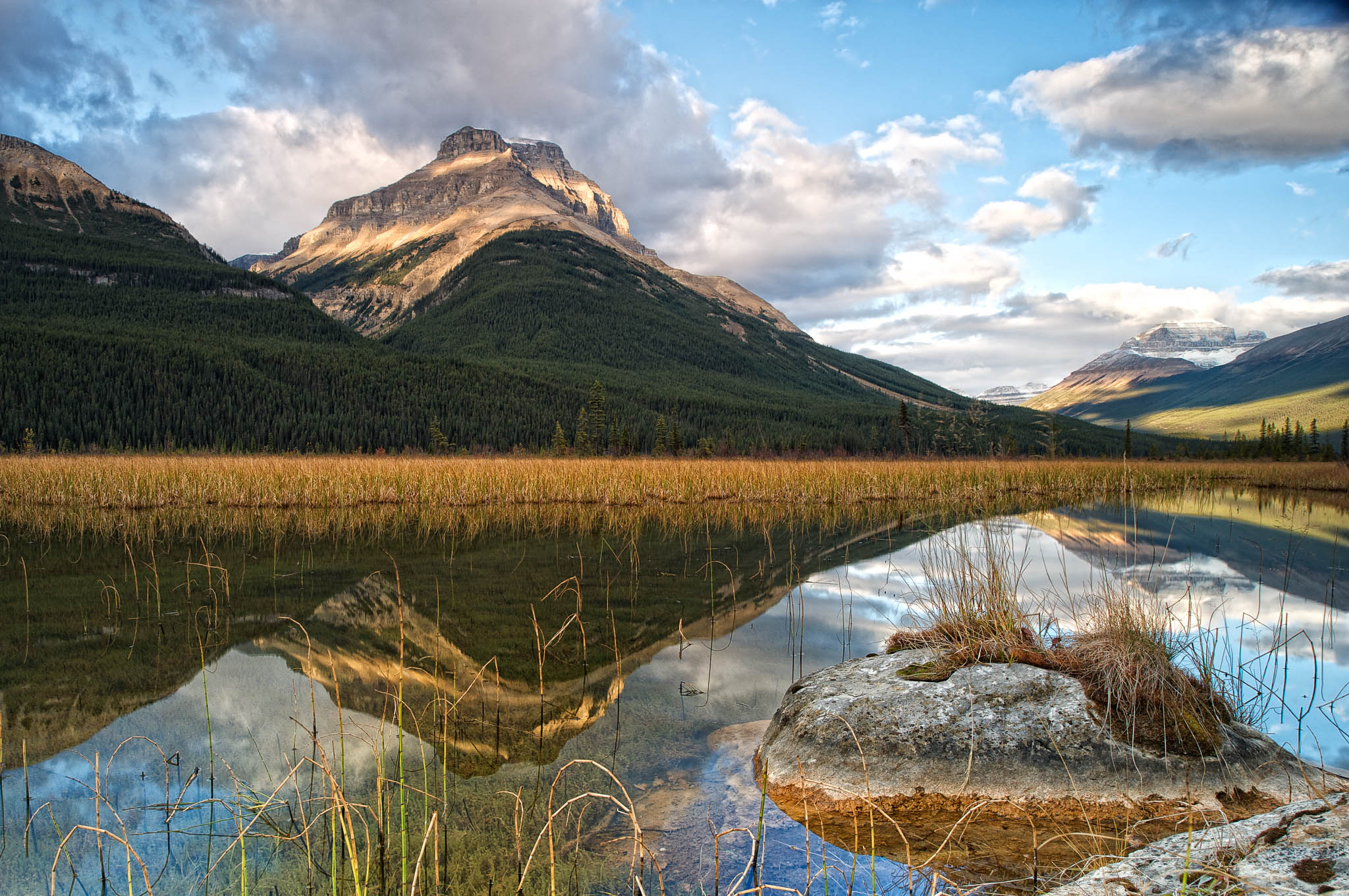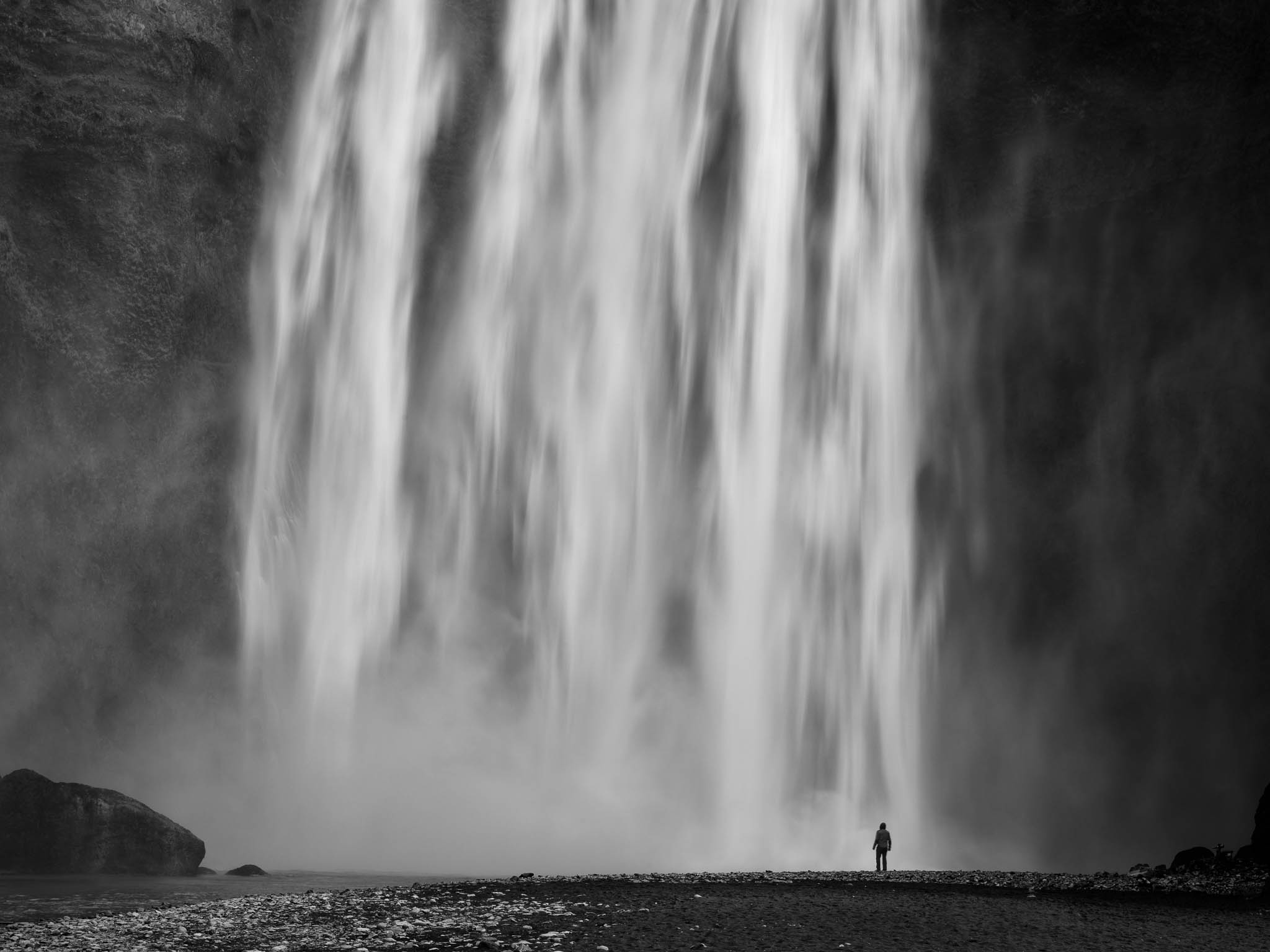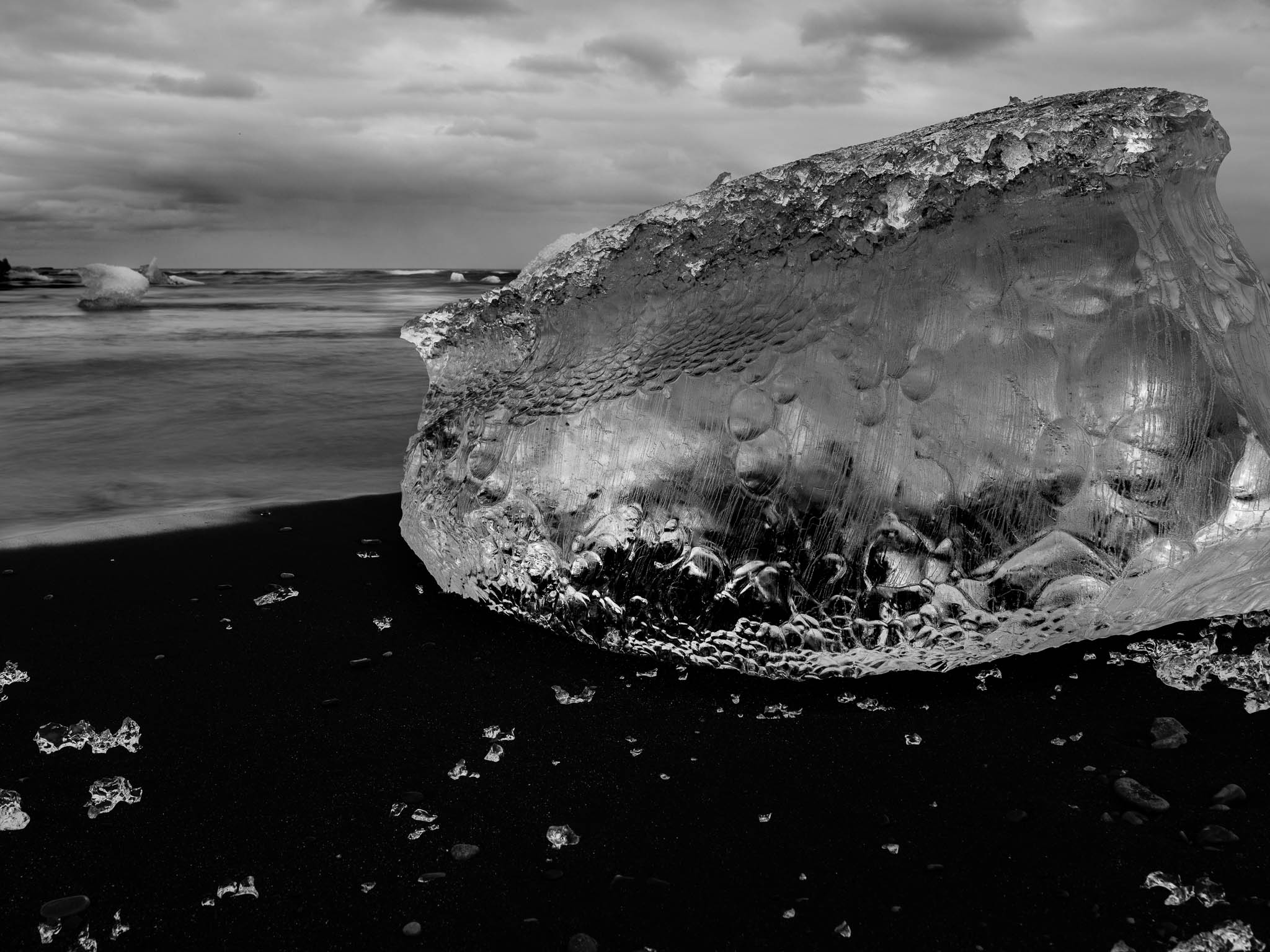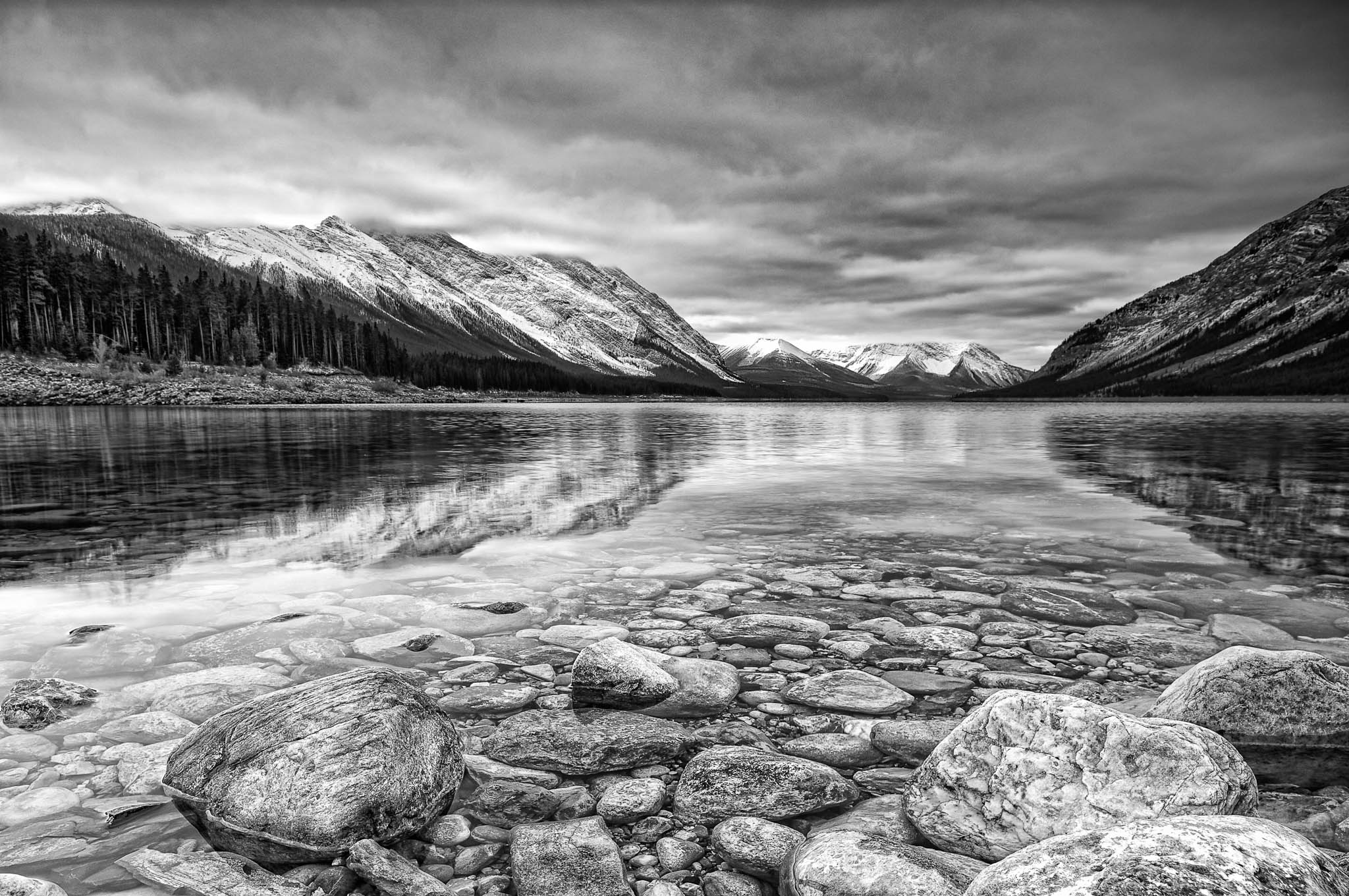
Composition
Life Long Lessons
This week I listened to a “The Candid Frame” video podcast with host Ibarionex Perello. Before I go further, I want to put in a plug for The Candid Frame. Perello is an engaging host, lending his discerning eye and pleasing voice to his eclectic range of photographic subject matter, although in my opinion he sometimes does go overboard in his analyses.
In any event, in the episode titled “Street Photography: Color as an Element vs Subject”, Perello casually throws out the term “building composition” and I immediately glommed onto it. In so many ways that term distilled exactly what I have been teaching for decades, yet lacked a concise term to encapsulate its essence. So, let me elaborate here.
Without a doubt, most teaching pros I have spoken with over the years agree that teaching composition is the most difficult aspect of photography. Yes, technical issues in today’s complex cameras are difficult, but once mastered (practice, practice, practice!) it becomes second nature. Not so easy with composition.

I have been photographing for more than five decades and I still struggle with my own compositions. Do I have a great foreground element to anchor the scene? Do I have a good leading line? Is there a textural element that grabs the viewer? What is the subject of the image? Is my subject in the “right” place within the frame? If it’s a portrait, do I need to add context and, if so, where do I place the subject in the frame? These are only some of the questions I ask myself as I work to “build” my compositions. I often spend an hour or more in one location building my compositions.

In The Candid Frame podcast, Perello addresses the issue of whether, and how much, color itself becomes a compositional element. I personally find this a crucial issue for my own photography as I have gravitated more to black and white photography over the past decade. Every time I approach a scene now, I first ask myself whether color is critical to the image. I admit this is a biased conclusion, but in the majority of cases I find it is not; at least for my photography.

In my ebook, Photographic Composition I cover many of the most crucial things to consider. But I would never want to claim that my book, or anyone else’s writing on the subject, is the final say. Yes, good compositions can be the result of luck. But truly excellent compositions, time after time in a given photographer’s body of work, are the result of working the scene. They are the result of practice, failures and learning from those failures, and practicing again and again. Great compositions don’t just happen, they are built.